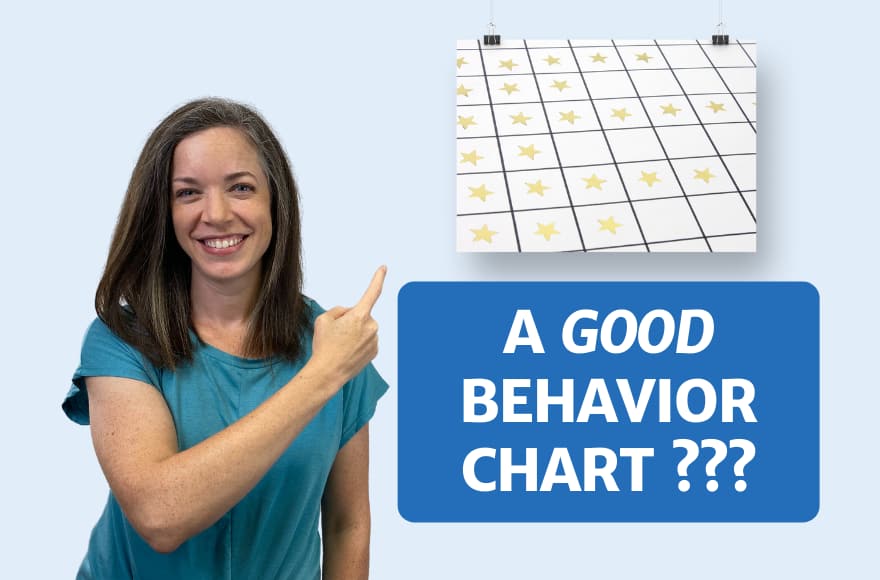Behavior charts can be really helpful when young kids are learning a new skill or learning to do something on their own. When used correctly with kids who are having a hard time, they can motivate them better to try the new skill or task. For example, kids who are having a hard time learning to get dressed, remembering to do a chore, or facing a certain fear, a behavior chart could be useful.
If you are interested in trying out a behavior chart – here’s how to make a good one:
- Keep the chart straightforward and simple.
- Draw lines to divide the paper into several boxes.
- Every time that new thing happens, your child gets a point or a sticker in a box.
- When they fill all the boxes on the whole page, then they earn a prize.
Here are a few pointers to make your behavior chart more successful:
- Fill the page with enough boxes for your child to get sufficient practice with the skill or task, but not so many that your child will get bored or feel it’s too hard. For my own 4-year-old daughter, enough boxes to last 7-10 days has worked well.
- To increase interest, let your child pick the stickers and the prize. My daughter wanted a stuffed bunny for learning to get her shirt on by herself, and she picked bunny stickers to fill her chart.
- Make sure your child knows how to do what they need to do to earn a point or sticker. Practice getting their shirt on alone, doing their chore, or facing their fear. They don’t need to be good at it, since that’s part of what the chart is helpful for, but they should generally know the steps and be able to do it. They should know exactly what it takes to earn a point or sticker.
- Keep the chart right next to whatever it’s about, so you can be consistent with the points and stickers. It’ll be harder to forget about it this way too. You won’t have to go searching for it. The immediate act of putting on the point or sticker will also increase your child’s motivation to keep going.
- Make sure to also comment positively aloud and give hugs and high fives for what your child does. There won’t always be a chart for something that’s hard for your child. You can use your own words and actions to help motivate kids in the long-run too.
I’d love to hear your thoughts on all of this. Send me a message and let me know – have charts like this been useful to your family? What reservations do you have about trying it? And if you are interested in more tips like this one – be sure to join my weekly newsletter where you can get the “3 Coping Skills Every Kid Needs” guide and parenting tips not published online.
